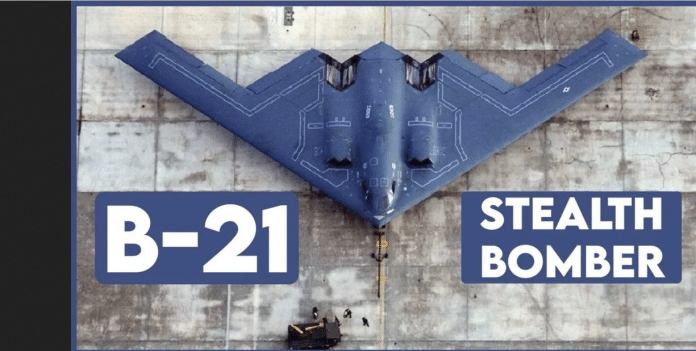The Northrop Grumman B-21 Raider could not only be the most advanced aircraft built to date – it could also be the most expensive plane to ever fly in the sky.
B-21 Raider’s Budget Being Kept in Check – The Northrop Grumman B-21 Raider could not only be the most advanced aircraft built to date – it could also be the most expensive.
As reported last month, the future long-range strategic bomber is already on track to be one of the Pentagon’s priciest platforms to date, and there are already concerns that the United States Air Force would be hard-pressed to buy enough of the Raider bombers in coming years.
However, earlier this month, Pentagon acquisition and sustainment chief William LaPlante said the B-21 Raider was structured for a low production rate to make it less vulnerable to budget cuts. While speaking at a virtual RAND event, LaPlante noted that the B-21 program was “designed to be resilient to Washington turbulence.”
Lessons Learned From the F-35 Joint Strike Fighter Program
The air service has been seen past turbulence as its costly programs have simply cost too much.
This was the case with the F-22 and again with the F-35. As a result of the lessons learned, the B-21 program was mapped out to avoid a Nunn-McCurdy Act breach that could come from out-of-control development costs. That legislation allows lawmakers to better manage the cost of Major Defense Acquisition Programs, as it requires the Pentagon to inform lawmakers if a program will incur a cost or schedule overrun of more than 15 percent.
“A lot of the painful lessons of the F-35 were applied to the B-21,” LaPlante explained, noting that a key issue with the F-35 was that it failed to hit the necessary rate of production to lower the costs.
If production quantities are high, cost per unit comes down, because development and overhead costs are spread over a larger number of units. Yet, if quantities are reduced, overhead costs are spread over fewer units, and unit costs go up.













